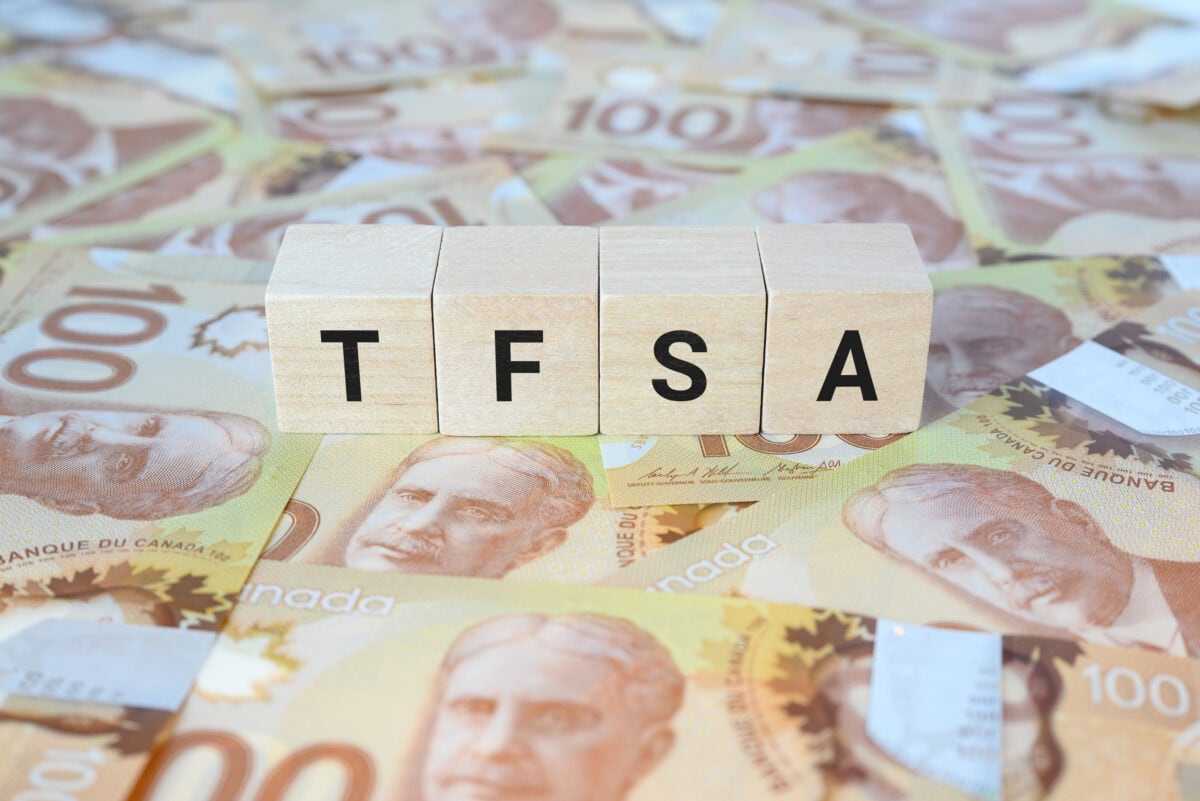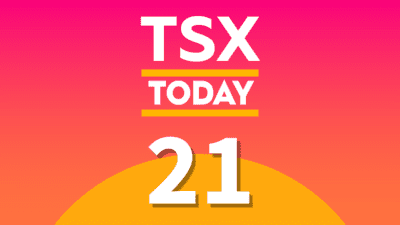As I’ve covered extensively in recent articles, Canadians are set to get an extra $7,000 worth of Tax-Free Savings Account (TFSA) room in 2025. If you will be 18 or older next year, that includes you! TFSA contribution room is basically space that you can invest money in tax-free. The maximum amount of accumulated contribution room next year will be $102,000 for people who were 18 or older in 2009. That’s a decent amount of room in which to save and invest tax-free. In this article, I will share strategies for saving and investing intelligently in a TFSA in 2025.
Strategy #1: Invest progressively over time
One of the most important investment strategies, in general, is to invest progressively over time instead of in lump sums. This is called “dollar cost averaging.” When you dollar cost average, you avoid two common investing pitfalls:
- Going all-in with a lump sum at all-time highs and suffering inferior returns as a result of doing so.
- Waiting for a market bottom that never comes and watching your money sit uninvested for years.
Both of the scenarios above result in poor results. By dollar cost averaging, you avoid both of them. It’s a good strategy whether you’re investing in a TFSA, a Registered Retirement Savings Plan or a taxable account. In a TFSA, especially, it’s a great idea because doing so leaves you with more available contribution room with which to take advantage of market downturns, compared to if you’d used up all your room with a lump-sum deposit.
Strategy #2: Don’t withdraw funds if you can avoid doing so
If you can avoid withdrawing TFSA funds without too much hardship, then you should not withdraw them. The reason is that withdrawing money from your TFSA disrupts the process of compounding your wealth tax-free — that’s the whole reason you opened the TFSA to begin with.
Let’s imagine that you held $10,000 worth of iShares S&P/TSX 60 Index Fund (TSX:XIU) five years ago and held to today. In that time period, each XIU unit rose from $21.91 to $37.51 while paying $4.58 in cumulative dividends, for a 92% total return.
The hypothetical $10,000 we are considering here would have grown to $19,520 in the course of five years. It would have paid $2,089 in dividends. Here’s how the math on that works (using the average dividend paid in the period and beginning unit price):
| COMPANY | RECENT PRICE | NUMBER OF SHARES | DIVIDEND | TOTAL PAYOUT | FREQUENCY |
| XIU ETF | $21.91 | 456 | $0.2291/quarter ($0.9164/year) | $104.46/quarter ($417.87/year) | quarterly |
Now, if you’d sold off your XIU position after two-and-a-half years, you’d have received only about half the dividends shown in the table above. Even if you got back in after a year, you’d have missed out on a few hundred dollars worth of dividends. So, it pays to keep your money invested and inside your TFSA if possible. It increases long-term returns.
Strategy #3: Withdraw strategically if you have to
Last but not least, if you absolutely must withdraw your TFSA funds, you should plan your withdrawals strategically. You get your previous TFSA contribution room back the fiscal year after you withdraw funds. It follows from this that if you withdraw funds near the end of the year, you lessen the amount of time you spend with diminished contribution room. So, if you must withdraw, withdraw near the end of the year. It lets you get your contribution room back faster.









